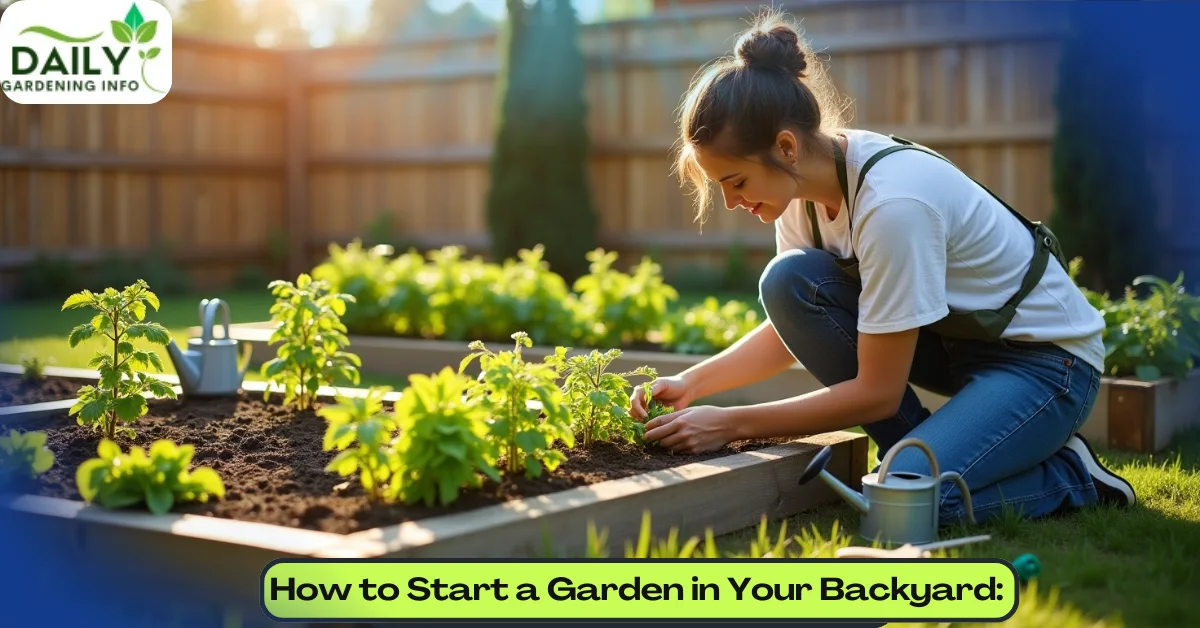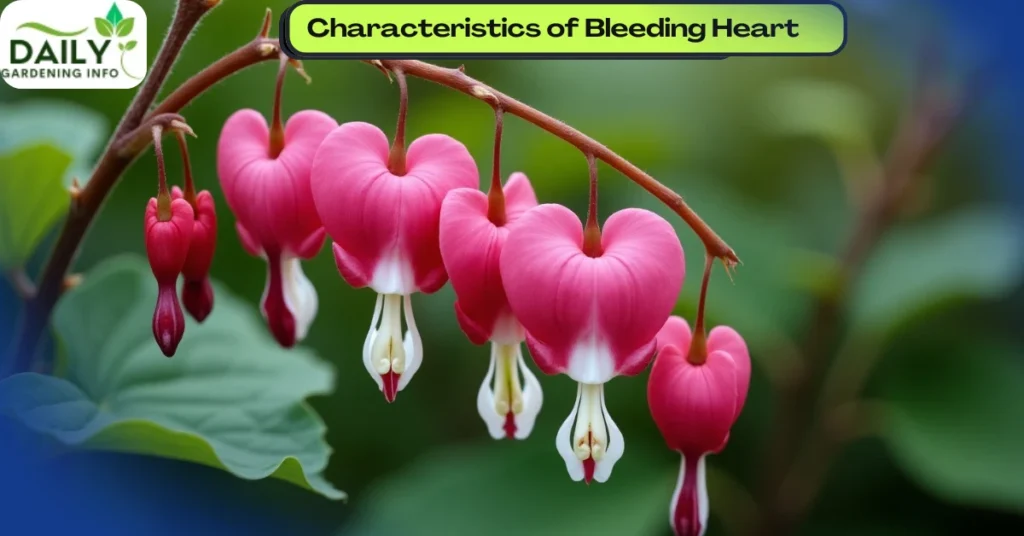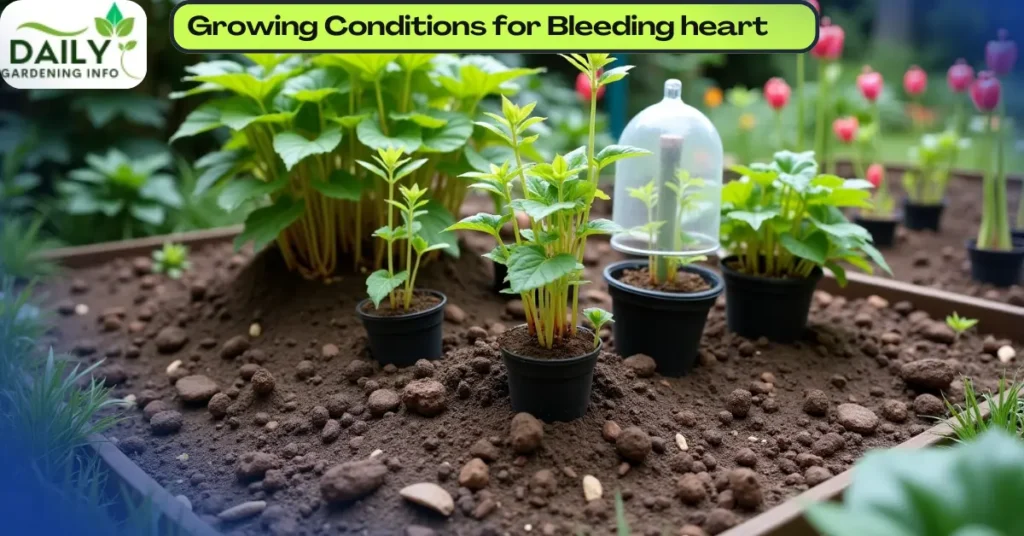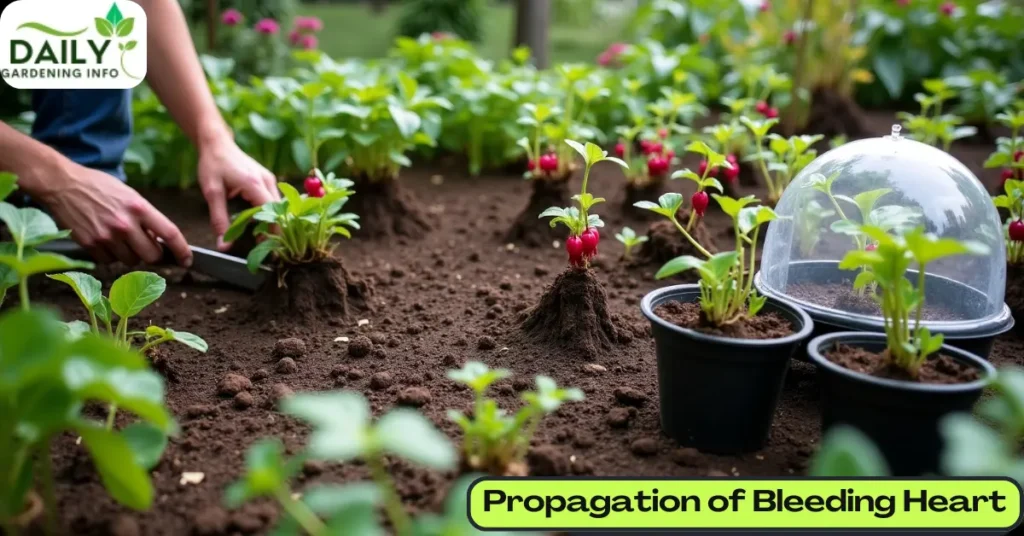Dreaming of fresh veggies, vibrant flowers, or a peaceful green retreat right outside your door? Learning how to start a garden in your backyard is easier than you think! This step-by-step guide is designed with you—the home gardener—in mind, offering practical tips to transform your backyard into a thriving oasis. No matter your experience level, you’ll find everything you need to get growing. Let’s dig in and make your gardening journey a success!
Why You Should Start a Garden in Your Backyard
Gardening isn’t just about plants—it’s about you. Imagine stepping outside to pick ripe tomatoes for dinner, snipping fresh herbs for a recipe, or unwinding amidst blooming sunflowers. By mastering how to start a garden in your backyard, you’ll enjoy lower grocery bills, a healthier lifestyle, and the pride of nurturing something from seed to harvest. Plus, it’s a fun way to spend time outdoors, whether you’re solo or with family.
Step 1: Plan Your Perfect Backyard Garden
Before you grab a shovel, let’s plan a garden that fits your life. Here’s how to begin:
Pick a Spot That Works for You
Look for a place in your backyard with 6-8 hours of sunlight—perfect for most plants. Make sure it’s near a water source (no one wants to lug buckets across the yard!) and has decent drainage. If you’re short on space, don’t worry—containers or raised beds can work wonders.
Choose Plants You’ll Love
What do you want to grow? If you’re a foodie, try cucumbers, peppers, or basil. Love color? Go for zinnias or daisies. Check your local growing zone online to pick plants that thrive where you live. Start with a few favorites to keep it manageable. Juicy Purple Tomatoes are considered a good choice for an organic lover.
Size It to Your Needs
How much time do you have? A 4×4-foot plot is great if you’re busy, while a bigger space suits avid gardeners. Sketch a simple layout—put taller plants like corn in the back and shorter ones like lettuce up front. This keeps your garden user-friendly and beautiful.
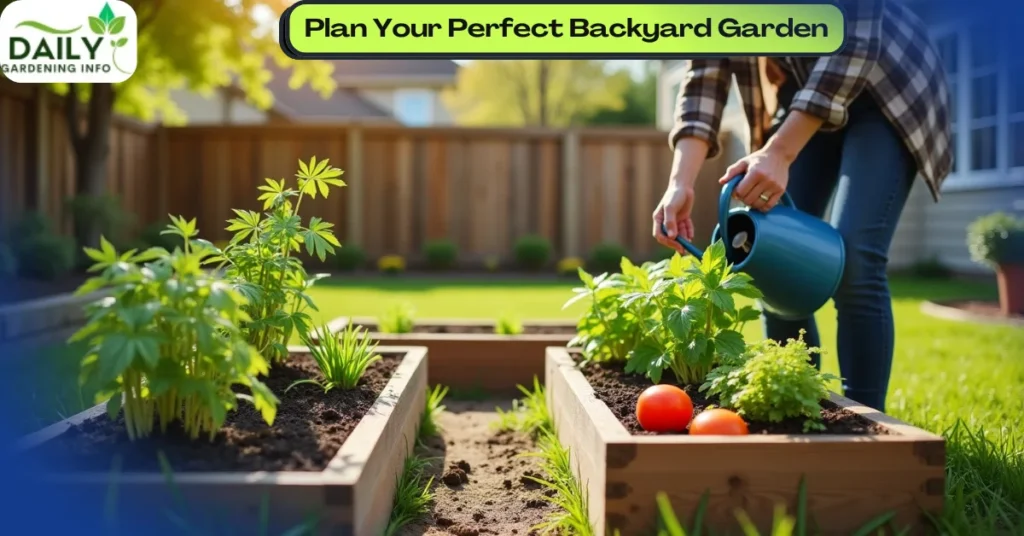
Step 2: Gather Tools You’ll Actually Use
You don’t need a shed full of gear—just a few essentials to make gardening fun and easy:
- Shovel: For digging beds or turning soil.
- Hand trowel: Perfect for planting your seedlings.
- Watering can: Gentle on young plants (or use a hose if that’s more your speed).
- Gloves: Keep your hands clean and blister-free.
- Pruning shears: Handy for trimming as your garden grows.
Pick tools that feel comfortable in your hands—quality matters more than quantity when you’re learning how to start a garden in your backyard.
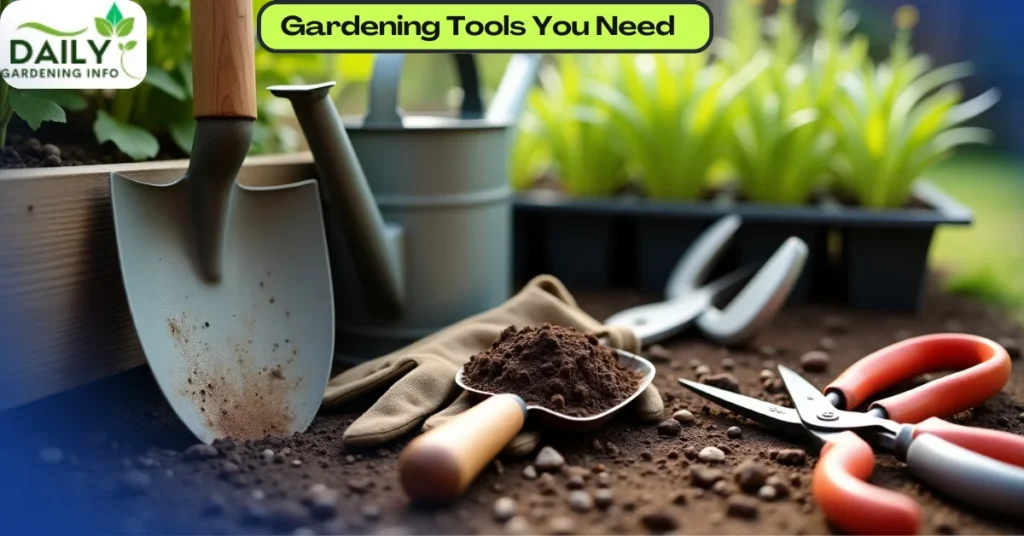
Step 3: Get Your Soil Ready for Success
Good soil means happy plants, and you’re the one who’ll make it happen. Here’s how:
Test It Yourself
Grab a soil test kit from a garden store or online. It’ll tell you the pH (aim for 6.0-7.0) and what nutrients your soil needs. This step saves you guesswork and ensures your plants thrive.
Boost It Your Way
Mix in compost from your kitchen scraps, aged manure, or store-bought organic matter. It’s like giving your soil a superfood smoothie! Work it in with your shovel until it’s loose and crumbly—your plants will thank you.
Clear the Clutter
Spend a few minutes pulling weeds and tossing rocks. A clean slate means your carrots or roses won’t have to fight for space or nutrients.
Step 4: Plant with Confidence
This is where the magic happens—you’re bringing your garden to life!
Seeds or Seedlings: Your Choice
Seeds are budget-friendly and satisfying (think radishes sprouting in weeks), while seedlings give you a jumpstart (like tomato plants ready to grow). Pick what fits your patience level and schedule.
Space It Right
Check the seed packet or plant tag—crowded plants struggle. Give zucchini room to sprawl and herbs a cozy corner. You’ll love how organized it looks!
Water Like a Pro
After planting, give your new babies a gentle drink. Keep the soil damp (not soggy) for the first week or two while they settle in.
If you’re in love with mums or chrysanthemums, don’t miss this simple growing guide made just for you — check it out here!
Step 5: Care for Your Garden, Your Way
You’ve planted—now keep it growing with simple habits tailored to your routine.
Water When It Suits You
Most plants need about an inch of water weekly. Water in the morning before your day gets busy—it’s better for the plants and fits your schedule. Use a rain gauge to track it if you’re curious!
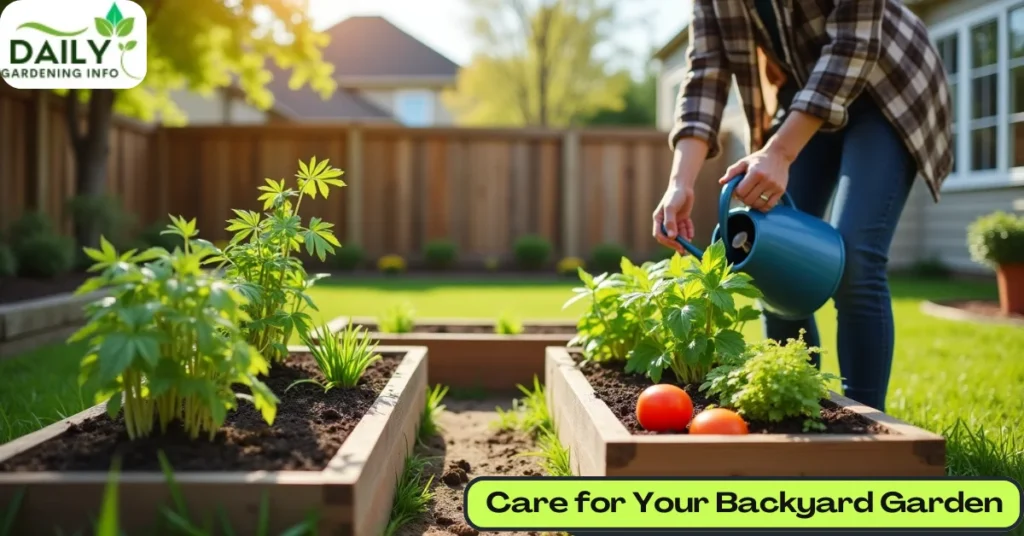
Weed on Your Terms
Spend 10 minutes a week pulling weeds, or spread mulch (like straw or bark) to cut down the work. You’ll keep your garden looking tidy without breaking a sweat.
Feed Your Plants
Every month or so, sprinkle some organic fertilizer or toss on more compost. It’s like a treat for your plants—and you’ll see the difference in their growth.
Step 6: Protect What’s Yours
You’ve worked hard—don’t let pests or weather steal your harvest!
Keep Pests at Bay
Plant marigolds near your veggies—they’re pretty and repel bugs. Got aphids? A spray of soapy water or neem oil is your quick fix. It’s all-natural and safe for your garden.
Guard Against Critters
If bunnies or deer visit, a low fence or netting keeps them out. You’ll feel like a backyard hero protecting your lettuce patch!
Weather-Proof Your Plants
Frost coming? Toss a blanket or row cover over your garden. Too much rain? Move potted plants under cover. You’re in control.
Step 7: Harvest and Celebrate Your Wins
The best part of how to start a garden in your backyard? Enjoying what you’ve grown! Pick green beans when they’re tender, snip herbs for tonight’s meal, or cut flowers for your table. Share with neighbors or freeze extras—your hard work pays off.
Extra Tips Just for You
- Start Small: A tiny plot builds your confidence.
- Track It: Jot notes in a journal or app—what worked, what didn’t.
- Ask Around: Chat with local gardeners or browse online forums for ideas tailored to your area.
Common Questions You Might Have
How Much Time Will It Take?
For a small garden, 2-3 hours a week is plenty. You’ll spend more upfront, but it gets easier.
What If I Have No Experience?
No problem! Start with forgiving plants like peas or marigolds—they’re practically foolproof.
Can I Garden in a Small Backyard?
Absolutely! Use pots, vertical planters, or a raised bed. You’ll be amazed at what fits.
